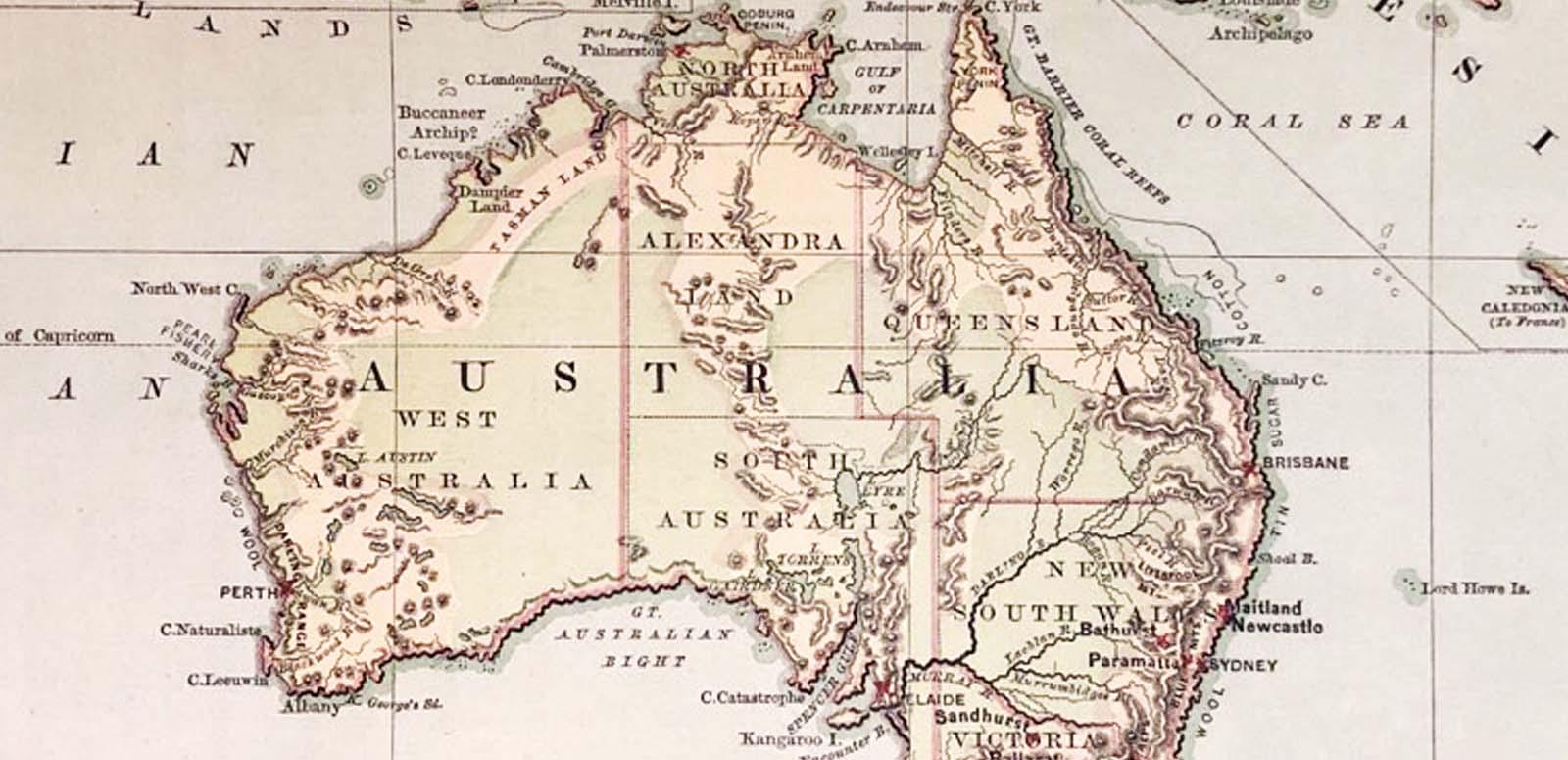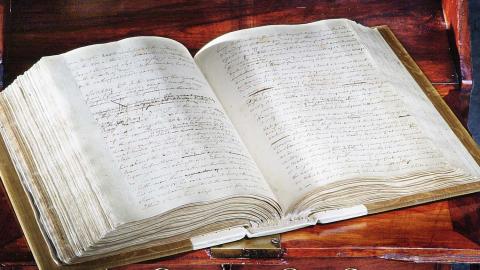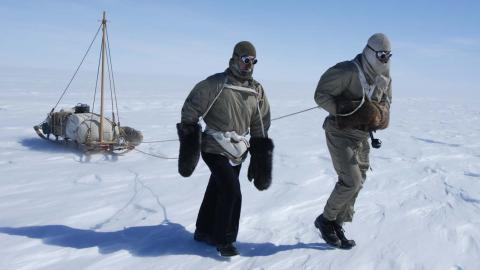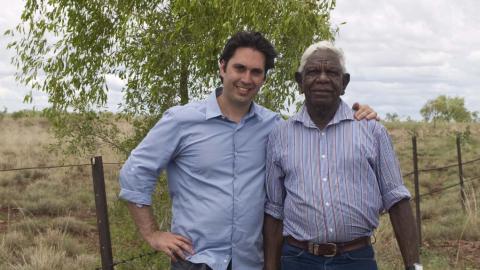

https://nginx-develop-nfsa2.govcms7.amazee.io/sites/default/files/collection/hero_image08-2020/aus_history_timeline_map_hero.jpg
Australian History Timeline
Australian History Timeline: From pre-1770s to 2000s
From the pre-1770s to the 2000s
A collection of clips covering Australian history from hundreds of thousands of years ago to the beginning of the 21st Century.
WARNING: this collection may contain names, images or voices of deceased Aboriginal and Torres Strait Islander people.
The National Film and Sound Archive of Australia acknowledges Australia’s Aboriginal and Torres Strait Islander peoples as the Traditional Custodians of the land on which we work and live and gives respect to their Elders both past and present.


